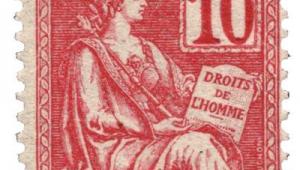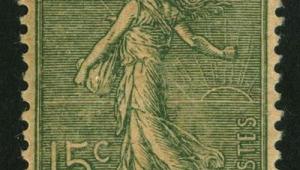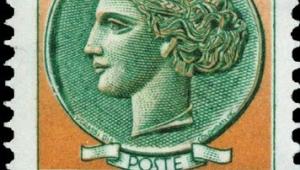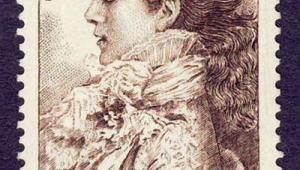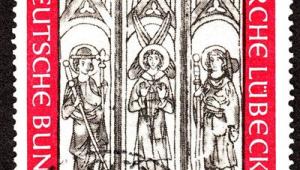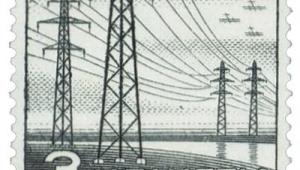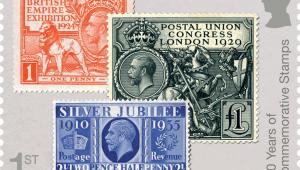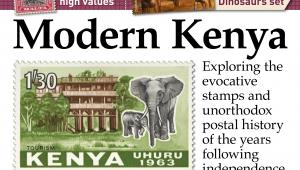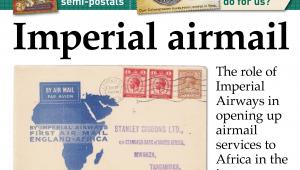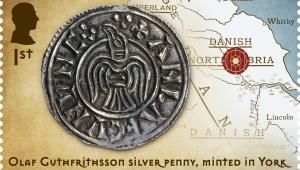Germania mania
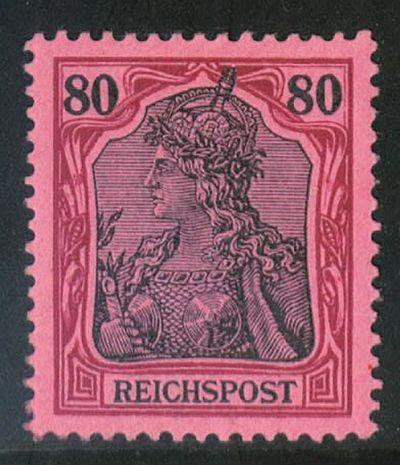
The Germania 80pf black and red on rose from the 1899-2000 ‘Reichspost’ printing
Eventually the door was flung open, and in burst Kaiser Wilhelm II, looking extremely annoyed at having to attend to such a trivial matter. He dashed past each of the hopefuls before storming back towards the door, only to turn around, point at one design and mutter: ‘This one’.
This quick-as-a-flash decision ensured that it was Paul Waldraff’s engraving of Germania, the romantic personification of the nation, that would grace German mail from 1900.
Ironically, it would do so for a very long time: indeed, it would outlive the German Empire itself, not being invalidated until the days of the Weimar Republic in 1922.
The Germania series was officially introduced on January 1, 1900, although a few values were on sale in the final days of 1899. It comprised a set of 10 values, printed in one colour from 2pf up to 20pf and in two colours on coloured paper from 25pf up to 80pf (higher value stamps, from 1m upwards, had different designs).
Initially the stamps were inscribed ‘Reichspost’, and the bi-coloured values from the very first printing can be identified from the way their lettering is thinner than on the lower values, and than all subsequent printings.
In 1902, the whole set was reprinted, now with the inscription ‘Deutsches Reich’ and consistently thick lettering.
World War I yielded the so-called ‘war printings’, with a less sharp image and rougher paper quality.
In the 1916 edition, too, the original shading around the portrait was removed. However, both varieties remained in circulation, and after 1918 both were used when additional values were added to the series.
Printed denominations eventually extended up to 4m, and the surcharges of 1921 up to 10m on 75pf, as rampant inflation took hold.
The information on sheet margins gives plenty of scope for specialisation.
In 1902 the state printer, Reichsdrückerei, introduced the so-called HAN numbers, which were internal order numbers.
Cylinder and plate numbers, too, can be found, and you can distinguish between plate and cylinder printings, because the latter have vertical bars in the top and bottom margins.
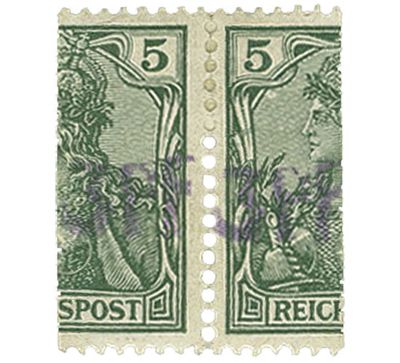
Rare mint pair of the Vineta provisional 3pf on 5pf bisect, auctioned for over £9,000 in 2009
Another interesting chapter in the series’ history is that of the so-called Vineta provisional. This was a bisected 5pf stamp which was surcharged 3pf, created in April 1901 aboard the cruiser SMS Vineta in response to a shortage of 3pf stamps. Examples on cover are sought-after rarities.
